Series producer Doug Mackay-Hope and director Nathan Small on the streamer’s new genre-blending series
Production company: Plimsoll Productions with Blumhouse Television
Platform: Netflix
TX: S1 - 30 September, S2 - 28 October
Executive producers: Jason Blum, Grant Mansfield, Martha Holmes, Mark Brownlow, Gretchen Palek
Directors: Nathan Small and Charlotte Lathane
Showrunner: Doug Mackay-Hope
Setting out to create an entirely new TV genre - where horror meets natural history - is a bit like being given the keys to a new rocket ship that comes without instructions. Sure, it could take you into a brave new world, but it has just as much chance of exploding on takeoff.
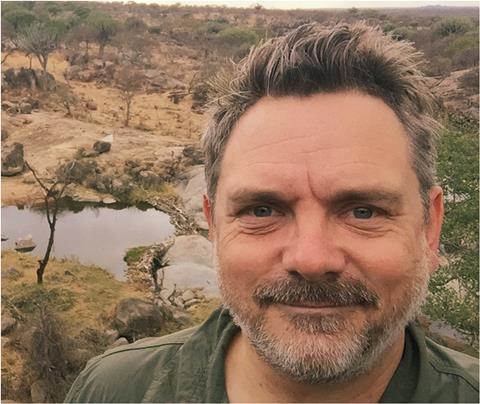
When making Netflix’s Nightmares of Nature, the best way to avoid or, at least, reduce the chances of the ‘exploding’ part is to make sure you work with the very best people.
At Plimsoll, we have the natural history part sewn up; we know nature, how to get close, discover her secrets and capture them on film.
It was the horror aspect we knew nothing about even though we’re massive fans of the genre. To solve that, we partnered with the best, and Blumhouse is, by far, the absolute best.
As soon as Blumhouse agreed to join forces on the series, the scream team enrolled a bunch of natural-history geeks in Scare School, which was as fun as it sounds, and it instantly became clear that our collaboration was a real melding of minds.
Although we (thankfully) left with all our limbs intact, our thoughts raced with a whole dictionary of new terms, and we still needed to solve the biggest challenge this series faced: How do we put our animal heroes through hell on earth yet make sure they are safe at the same time?
The answer was scripts and storyboards.
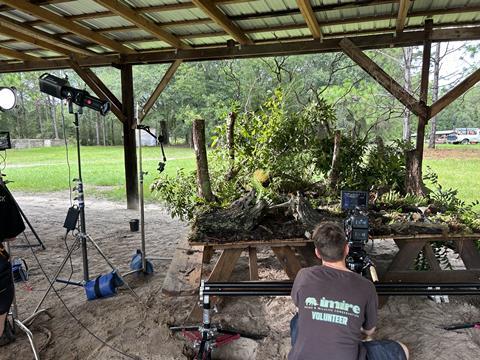
First, we carefully established the stories we wanted to tell, working hand in glove with Blumhouse to highlight how and where horror moments could be injected. Then, with our talented camera teams, we set out how to make these nightmares happen… safely.
From the start, we agreed with Netflix that we would not build any CGI animals - not just because of budget constraints but also because we wanted our films to be as authentic as possible.
Instead, we combined old-school camera tricks with new techniques to capture the most challenging scenes. It was a great exercise as nothing stirs creative brilliance more than when faced with strict limitations.
Nathan Small, director of Cabin In The Woods episode
From the outset, we envisioned Nightmares of Nature as a cinematic thriller starring wild animals, but this required specialised equipment to bring that vision to life. We needed tools capable of capturing elusive, speedy and tiny creatures while delivering a polished, glossy and visually stunning show.
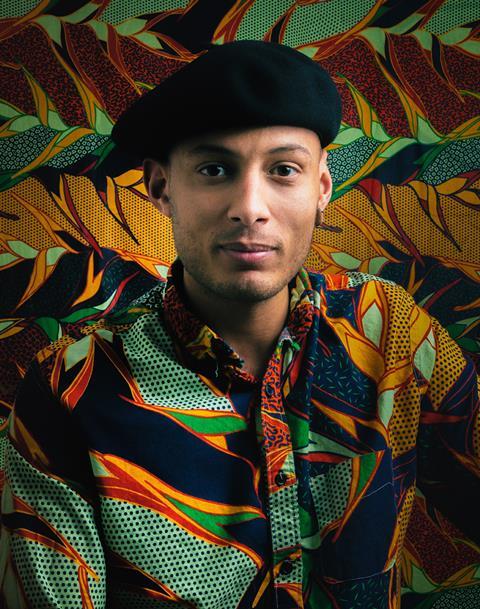
We designed the Cabin in the Woods episode using custom-made scope lenses equipped with high-end front objective lenses to offer a range of focal lengths - essentially a full macro prime set. These lenses allowed us to transport viewers into miniature worlds, filming the sheen on a frog’s skin, the menace in a snake’s eye and the translucence of a slug’s penis (not a joke!).
At that scale, the depth of field is paper-thin, and a knock or a wobble looks like an earthquake on screen, so to maintain that control, we used a custom motion-control rig. It enabled us to execute perfectly timed push-ins, creeping pans and slow, deliberate tracking shots at tiny scales — cinematic language, just shrunk down to the size of a cockroach.
For everything beyond those ultra-close moments, we shot with rehoused Contax Primes and high-quality diopters. The Contax glass gave us that cinematic fall-off and organic softness while the diopters let us push right up against our subjects without losing depth or quality. Together, they gave the woods texture and mood — beautiful, tactile and tiniest bit unsettling, with pin-sharp clarity and distinctive character.
Ultimately, we achieved our goal of imbuing nature with the visual language as a cinematic movie. Whether filming a frog in a tin cup or a mouse scurrying among pantry jars, the approach and aesthetic remain consistent.
Another key challenge was that at its heart, Nightmares of Nature is a nature docuseries, so we had to keep within the laws of nature. Our heroes (and monsters) could only behave true to their nature. For example, animals couldn’t suddenly take flight, see through walls or solve high-level problems unless they naturally do those things. It was imperative that our scripts and storylines adhered to these strict rules.
While viewers might feel like the series pushes toward fantasy, the horrors these animals faced are grounded in fact.
One of our heroes in the Lost in the Jungle (Season 2) episode has a rather nasty run-in with a vehicle, and although we framed it as a ‘horror’ moment for the sake of the narrative, vehicle collision in actuality, is the number one killer of this species, which is truly frightening.
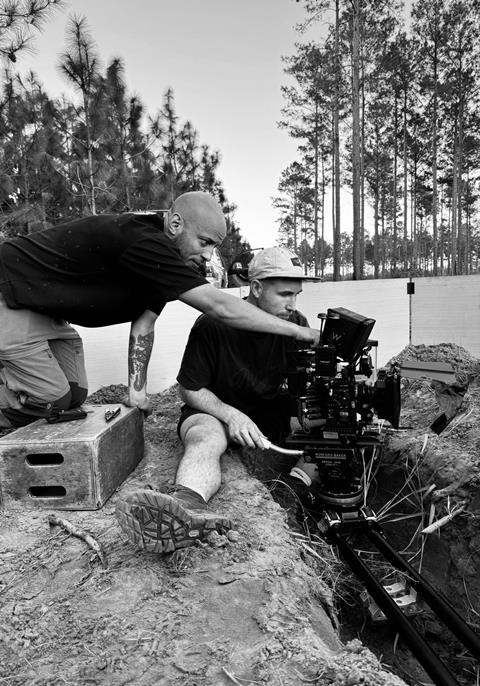
We had to be mindful of not depicting Mother Nature as scary - she’s wonderful - but she does have some macabre habits, like flesh-eating maggots. We weren’t trying to make nature the enemy; rather, the horror is in the perspective.
We wanted to transport viewers into the hero’s world - just like the best horror films do - and suspend your imagination to experience being the size of a mouse because then everything is terrifying. Of course, to almost every living creature, the most terrifying horror is us, and we managed to include this in both seasons.
The final challenge was the voiceover. All natural-history docs are narrated; it’s how viewers are brought into a non-verbal animal kingdom.
However, there’s never been a narrated horror movie. Even the Chief Blumhouse Horror Nerd couldn’t think of one, because the voiceover would totally destroy hard-won tension. To solve this conundrum, we cut scores of test sequences with a variety of script styles to ultimately strike a balance between sparse information and storytelling, delivered perfectly by Maya Hawke.
With a collaborative force well-prepared to push the boundaries, our rocket ship did not explode. We successfully launched a new and exciting space in which we can continue to explore for hopefully many more seasons to come.
Top tips of the trade
Storyboards: They don’t have to be graphic-novel quality, but visuals help communicate your thoughts and needs, and can guide you towards achieving your vision.
Terminology: Create clear definitions of phrases and stick to them across your scripts, shoots and conversations. When we put ‘false jump’ in the script, everyone knew what that meant. It saves time and effort.
Keep fiddling: Whilst you are developing scenes, scripts or sequences, keep challenging them. Ask yourself, is this the best way? What else can we add?
Sound: When creating ‘scary’ moments, sound plays such a vital role. Never show anyone anything without a guide soundtrack complete with music, atmospheres and sound effects.
Watch: We watched a lot of horror films and cut a lot of test sequences using our natural-history archive. If we liked something, we would share, discuss and align to make certain that we were headed in the right direction.
- Nightmares of Nature S1 and S2 are available now on Netflix globally


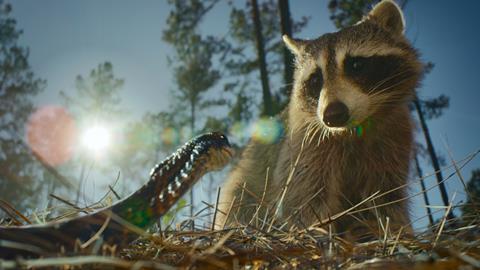






No comments yet